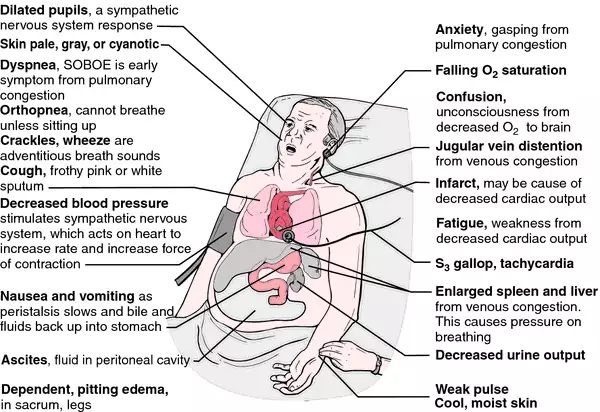A nonvenomous (nonpoisonous) snake bite is a bite or puncture wound made by a snake that is incapable of secreting a toxin. This should be distinguished from a dry bite. A dry bite is a bite by a venomous snake that does not inject any toxin. Even bites that are from a nonvenomous snake or are dry need to be evaluated as they can lead to significant tissue damage or infections.A venomous (poisonous) snake bite is a bite or a puncture wound made by a snake that is capable of injecting, secreting, or spitting a toxin into the penetrated skin wound, mucus membranes or the eyes where the toxin can be absorbed.this is is a medical emergency as they can be deadly if not treated quickly.
Diagnostic investigations
- History -Time and place of definite or possible exposure to a snake.
- Description of a snake, if seen (colour, size).
- Number of times bitten (multiple bites are usually more severe
- Prothrombin time and INR
- CBC and peripheral blood smear
- Serum electrolytes
- Serum BUN and creatinine
- ABGs
- Fibrinogen and its products
- Chest radiograph- to determine pulmonary oedema
- Urinalysis to monitor for health of kidney and presence of myoglobin
Management
There are many aspects to effective treatment of snakebite. They start with a correct approach to managing envenoming cases. There are urgent measures that may be needed. For significant envenoming, anti-venom is generally the treatment of choice.
- Check the patient's airway for patency, normal breathing and adequate circulation
- Intubate if the airway begin to become swollen and narrowed
- Immobilize patient's body part
- Monitor vital signs
- Insert large-bore IV cannula
- Oxygen therapy
- Grade the severity of effect of snakebite venom (mild, moderate and severe)
- Antivenin (CroFab)
- Administered within 4-6 hours after the snakebite
- Can cause either anaphylaxis or serum sickness
- Binds the toxins in the venom to neutralize and reduce its damaging effects
- Antibiotics (Cephalosporin show benefit in most severe cases)
- Immunization (Diptheria tetanus toxoids since snakebite can carry different types of bacteria)
- Fasciotomy is carried out if there is increased compartmental pressure, in order to prevent compartment syndrome.
References
- Gold, Barry S., and R. A. Barish. "Venomous snakebites. Current concepts in diagnosis, treatment, and management." Emergency medicine clinics of North America 10.2 (1992): 249-267.
- Jerry R. Balentine, F. (2015). Snakebite: Learn First Aid Procedures and Treatment. [online] eMedicineHealth. Available at: http://www.emedicinehealth.com/snakebite/article_em.htm [Accessed 27 Apr. 2015].
- Jacob L. Heller, a. (2015). Snake bites: MedlinePlus Medical Encyclopedia. [online] Nlm.nih.gov. Available at: http://www.nlm.nih.gov/medlineplus/ency/article/000031.htm [Accessed 28 Apr. 2015].








